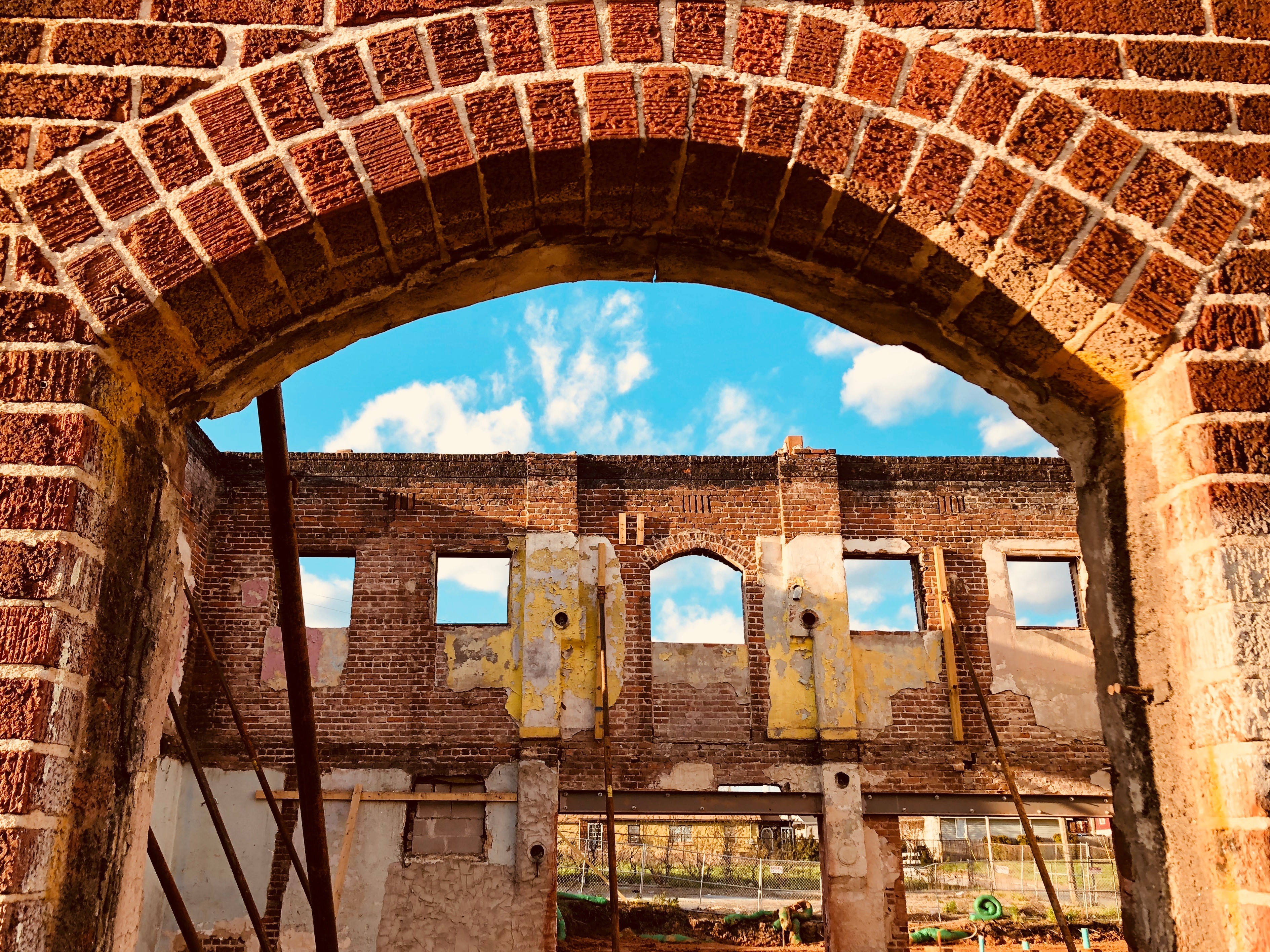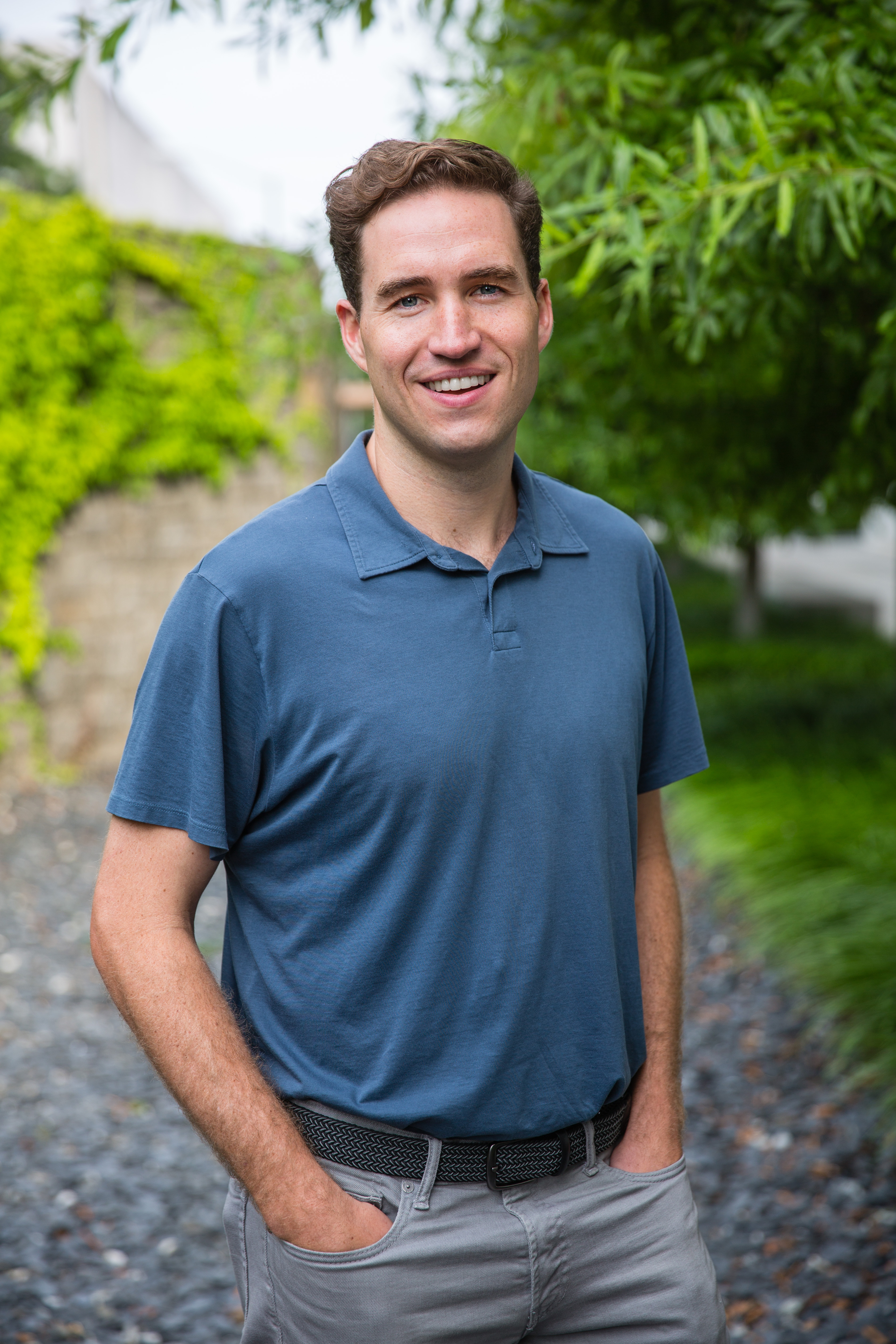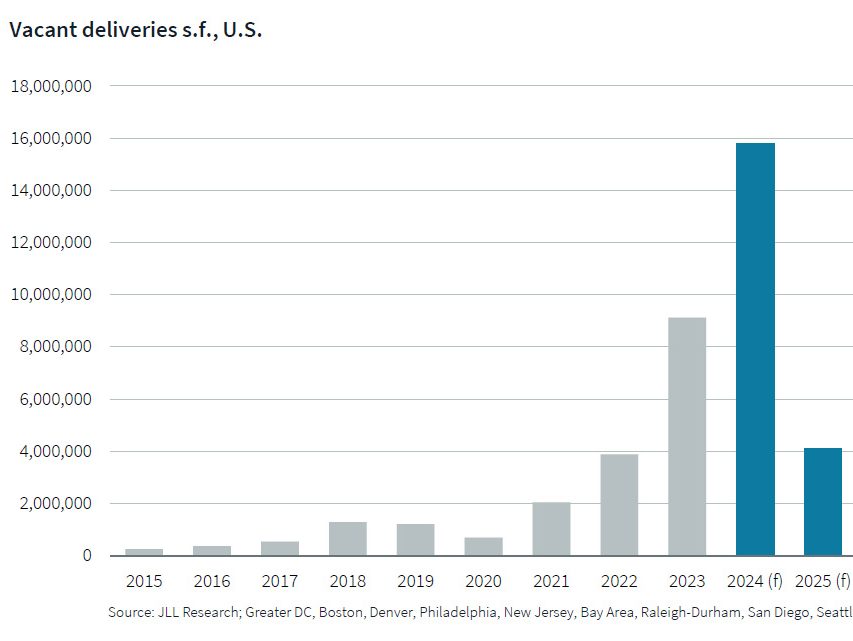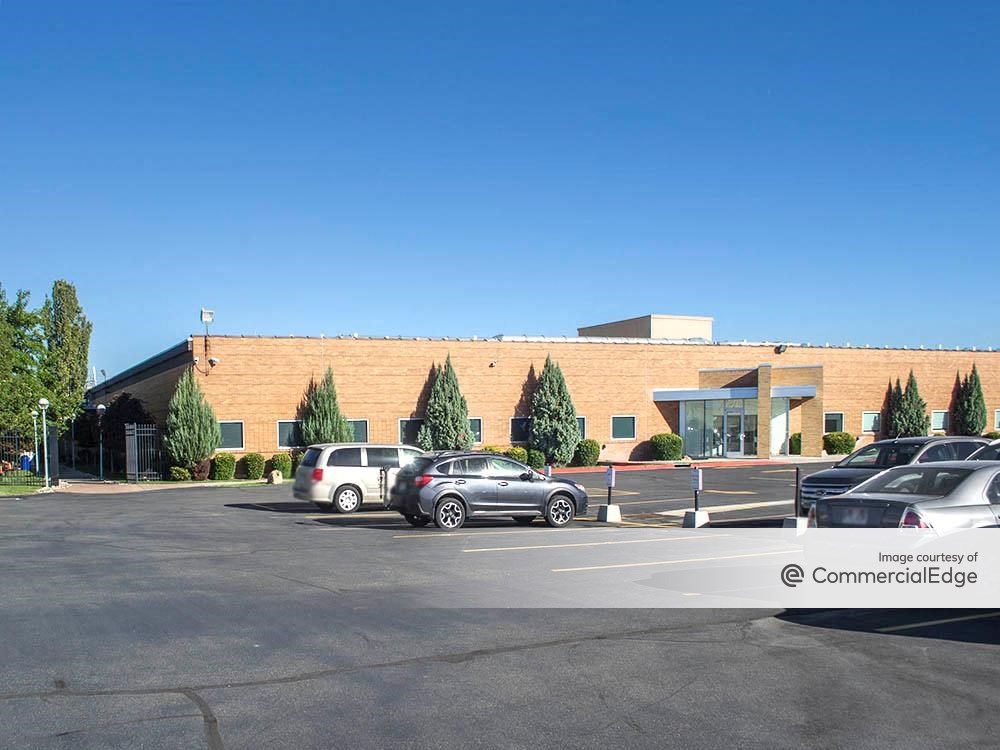3 Keys to Re-Energizing a Historic Neighborhood
Atlanta’s once-thriving Summerhill community lost much of its vitality under pressure from interstates, sports stadiums and other changes. Here’s how developers are bringing it back.
By Jack Murphy
Culture (noun) – The customs, arts, social institutions, beliefs and achievements of a particular nation, people or social group.
 Just as culture binds people together, it also binds neighborhoods together. Culture-filled neighborhoods contain a mesh of people with diverse backgrounds, a rich history filled with key milestones, understood social norms and art infused in buildings, structures and open spaces to reflect community beliefs. The best neighborhoods teem with energy and help residents and visitors feel protected, connected and respected.
Just as culture binds people together, it also binds neighborhoods together. Culture-filled neighborhoods contain a mesh of people with diverse backgrounds, a rich history filled with key milestones, understood social norms and art infused in buildings, structures and open spaces to reflect community beliefs. The best neighborhoods teem with energy and help residents and visitors feel protected, connected and respected.
Summerhill, in the southside of Atlanta, exudes the culture residents love, but does not offer the connectivity they crave. Prior to the introduction of interstates and professional stadiums in the mid 1900s Summerhill was a bustling neighborhood filled with mom-and-pop shops, businesses and markets. Over the years, the large-scale events, culminating with the 1996 Summer Olympics, had a negative impact on the surrounding neighborhood’s vitality.
For decades, Summerhill hasn’t been the same. While the Atlanta Braves drew all walks of life to Summerhill for 81 regular season games, the area was desolate, lifeless and filled with empty parking lots for the other 284 days of the year. When the Braves moved north to Cobb County, Carter and our development partners purchased the 68 acres and began immediately working with the neighborhood on how to generate energy in the neighborhood once again.
To help Summerhill rise back to the height of its heyday and even higher, we’re constantly investing in and working with the neighborhood. Each day, we are taking steps to bring a renewed energy to Summerhill. Here are three steps we’ve incorporated into our plan that focus on preserving the history and culture of the area, while attracting appropriate business and new tenants to the area:
All about Activation: Embrace a holistic approach to development
Successful neighborhoods prioritize pedestrians. From sidewalks to storefronts, neighborhoods should focus on the interaction between pedestrians and real estate and foster a cohesive identity through activated streets. Activated streets wind through the neighborhood, becoming convivial spaces that allow the energy from the local brewery or ice cream shop to spill onto the streets. Residents and visitors feel more comfortable to congregate in these areas that attract a diverse range of people, for various reasons, at different times of the day.
Streets need to be walkable and easy to navigate, offering incentives and visual cues to spur pedestrians to explore. Visuals are everything. Streets should have wide sidewalks and short blocks to slow traffic, as well as eye-catching structures, shade and areas for people to sit and congregate. With activated streets and surprise-and-delight features in the area, visitors and residents will seamlessly wander from shops to restaurants and feel at ease as they discover their next favorite hangout.
Foster Connectivity: Interlock with the neighborhood
To maintain a neighborhood’s original feel, developers must focus on the area’s character, not the real estate. Summerhill isn’t a mixed-use development, but a neighborhood with a large focus on making the its design and experiences unique. From pedestrian walkways to storefront visibility, every element of the neighborhood is centered around how the current and future residents will interact.
Visiting a restaurant or business isn’t just a transaction—it’s an experience. People want more than a place to grab lunch with friends. They want an opportunity to stay, linger and develop connections with their fellow neighbors. We’re maintaining the human scale of the buildings and offering large welcoming views inside the retail and office spaces, which when combined with the uniqueness of the tenants and storefronts, creates distinct moments as people walk by. We’ve also been intentional about having no dead-ends in our rehab efforts. We’re keeping the development in sync with the surrounding community and creating a sense of one neighborhood. Together, the neighborhood design and its tenants form a unique experience for Summerhill residents.
Respect the Original: Enliven the existing
Historic neighborhoods offer some of the best opportunities for reurbanization. Summerhill’s history is filled with multiple influences such as global athletic events and civil rights, diverse cultures and economic partnerships.
Older buildings and structures can be conducive to supporting the kind of multiple functionality that helps promote urban vibrancy, and there’s no need to go into these neighborhoods and bulldoze everything immediately. We’re not starting from scratch; rather, we’re enlivening the existing structures with support and updated infrastructure. Through maintaining as much of the original character of the existing buildings as possible, we’re allowing that character to influence the new buildings we’re adding. These design aspects that are overflowing from existing to new buildings afford a sense of cohesiveness for the entire community that doesn’t seem out of place.
Culture-infused neighborhoods thrive even more with renewed energy that comes from embracing the existing feel of a neighborhood. I, along with the neighbors in the southside of Atlanta, are eager to see Summerhill morph with this renewed energy.
 Jack Murphy joined Carter in 2014 and specializes in the planning and execution of high-profile, high-density urban mixed-use projects. He works closely with the development team to perform due diligence and financial analysis to determine the feasibility of potential projects, while collaborating with the construction and marketing teams to facilitate completion of the projects.
Jack Murphy joined Carter in 2014 and specializes in the planning and execution of high-profile, high-density urban mixed-use projects. He works closely with the development team to perform due diligence and financial analysis to determine the feasibility of potential projects, while collaborating with the construction and marketing teams to facilitate completion of the projects.







You must be logged in to post a comment.